
DENVER (KDVR) — Driving in freezing temperatures can be fraught with all sorts of challenges, including limited visibility, frosty windshields or even rapidly draining EV batteries.
Icy conditions could also cause problems for motorists during flash freezing events, when melting snow re-freezes after a sudden drop in temperature. This phenomenon can often result in the formation of black ice, which poses a real danger for even veteran winter drivers.
How to spot black ice
According to the U.S. Forest Service, black ice is actually a misnomer, because the ice is transparent. The issue with black ice is that it forms without creating bubbles, meaning it blends in with the road and becomes hard to detect.
The U.S. Forest Service said the first step in protecting yourself from black ice is knowing when to expect it. Black ice tends to form at night and in the early morning when temperatures are at their lowest. So, when the overnight temperatures dip into the teens and even the negatives, you might want to be extra cautious.
While black ice is virtually invisible, the Forest Service said there are some ways you can at least detect it in some lights. It appears smooth and glossy, and might stand out on an otherwise unfrozen roadway, the Forest Service says.
“If the majority of the road you’re driving on appears a dull black color, but the patch just
ahead of you appears shiny, you may be about to drive onto black ice,” said the U.S. Forest Service.
And, obviously, if you see a car ahead of you suddenly swerve without an apparent cause, beware of black ice.
What do I do if I hit black ice?
As with driving in any weather, it is important to remain calm and avoid overreacting.
If you do encounter black ice, the Forest Service said the general rule is to take your foot off the gas and let your car pass over the patch, which is usually less than 20 feet.
“Do not hit the brakes, and try to keep the steering wheel straight. If you feel the back end of your car sliding left or right, make a very gentle turn of the steering wheel in the same direction. If you try to struggle against it by steering in the opposite direction, you risk skidding or spinning out,” said the U.S. Forest Service.
You could also use the brakes if there is a “lot of skidding” happening, but only if the vehicle has an anti-lock braking system (ABS), or you’re able to pump the brakes while you skid.
Once the encounter is over, alert other drivers to the patch by flashing your lights.
In the event you run off the road, the Forestry Service advises trying to steer into an empty patch of land or a “fluffy snowbank.”
More information, including tips for driving different types of vehicles in icy weather, can be found at the Forestry Service’s website.
#spot #black #ice #start #sliding #skidding

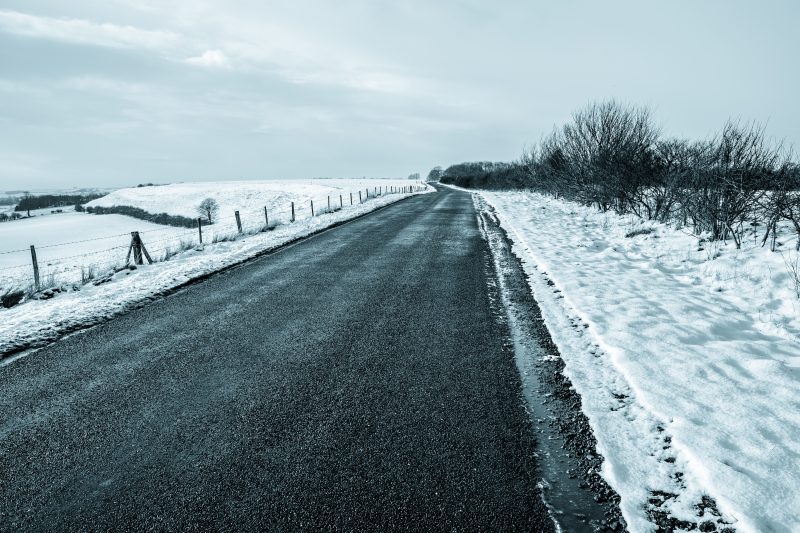

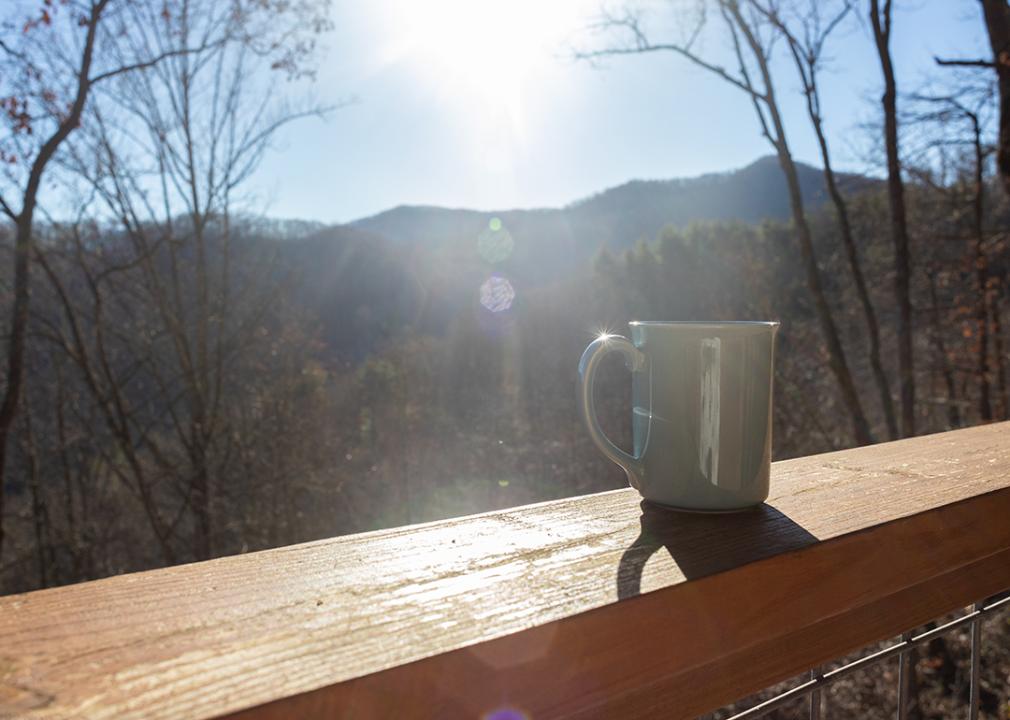

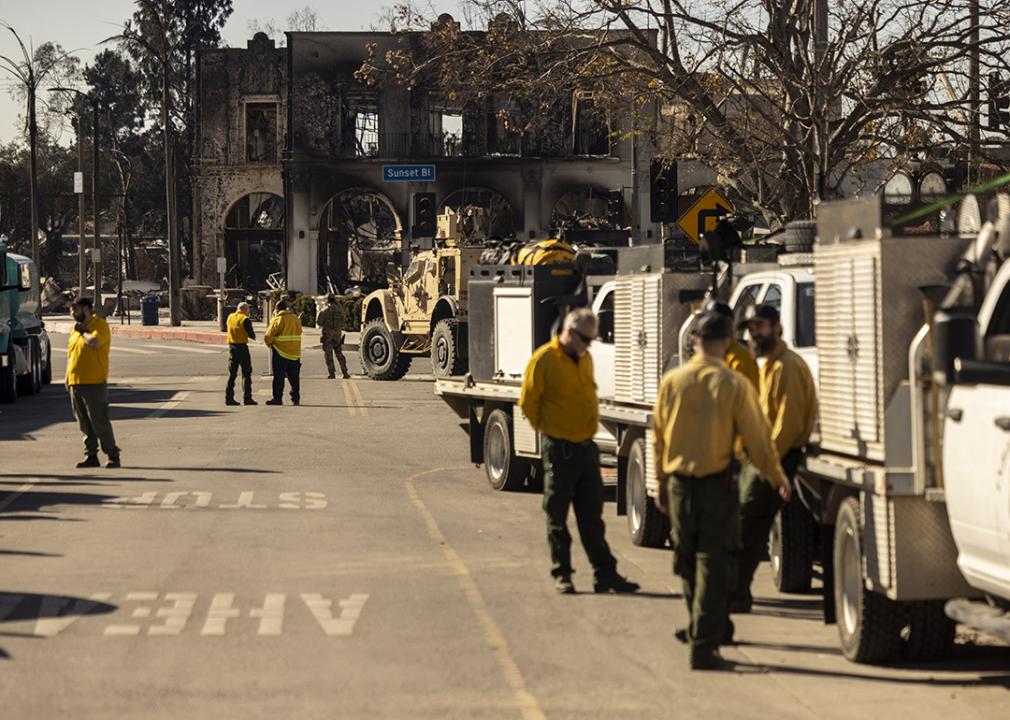

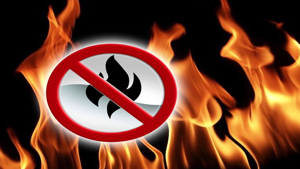
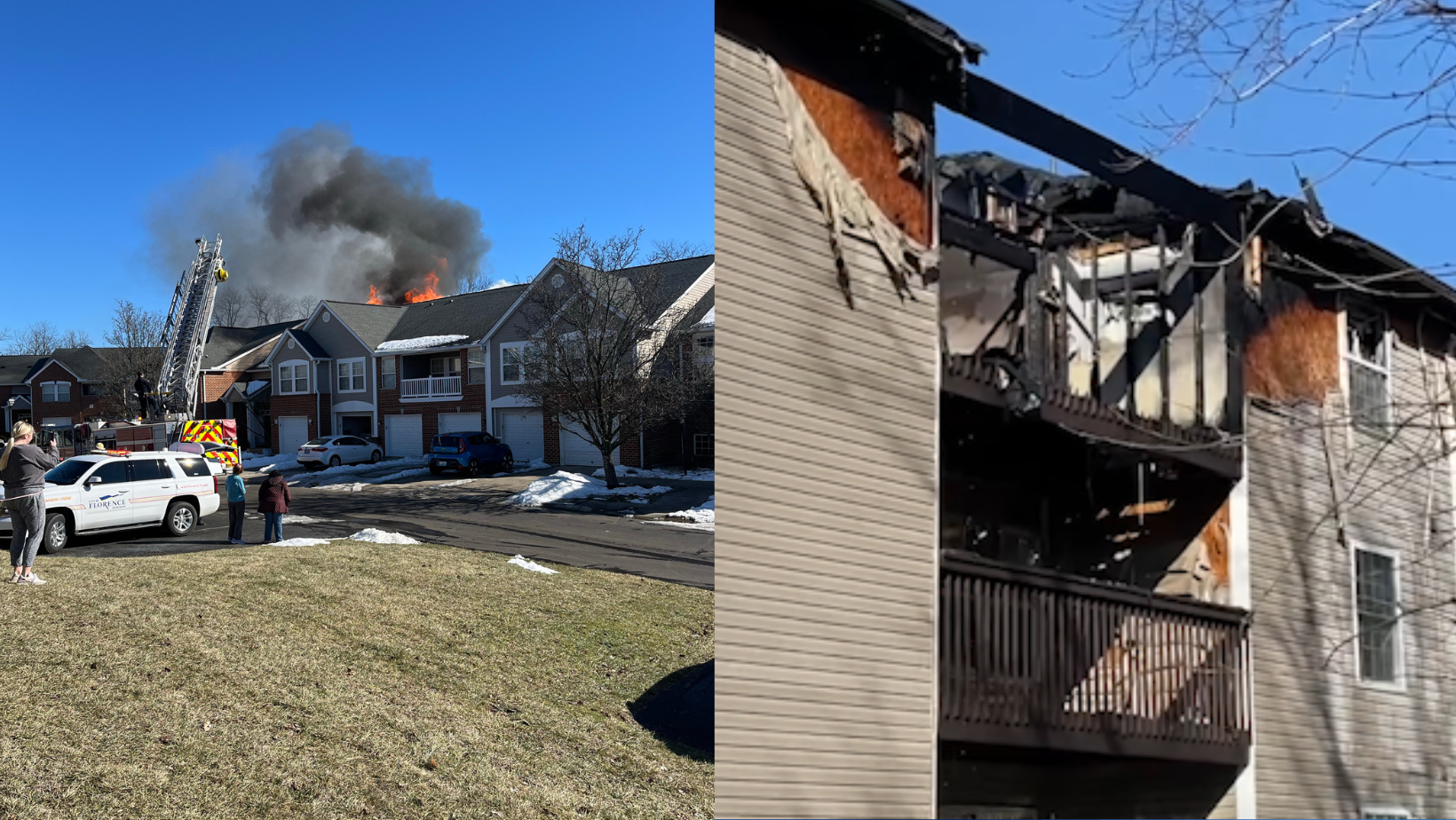
Leave a Reply